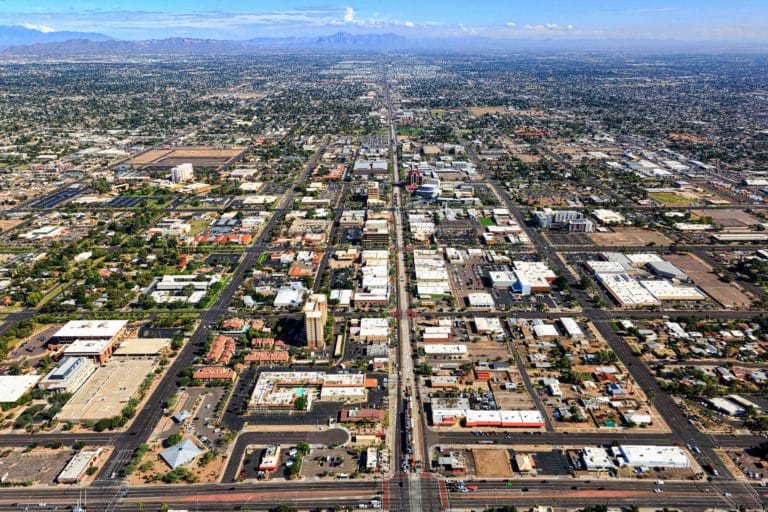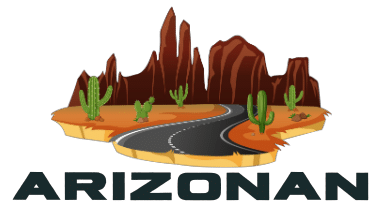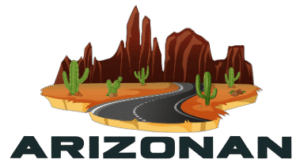East Valley
East Valley

The East Valley covers a large expanse of land. From the far reaches to the east to the city of Apache Junction, to the southern Golden Corridor in Pinal County with the cities of Casa Grande, Coolidge, Arizona City, Maricopa, and the town of Florence, to the centralized cities of Chandler, Tempe, and Mesa, along with the towns of Gilbert and Queen Creek, and the villages of South Mountain and Ahwatukee, the East Valley is booming. It is a diverse region where people of all ages feel at home.
Thank you for reading this post, don't forget to subscribe!The Sonoran Desert beauty is found in these communities. Spectacular mountains edge the East Valley. The Superstition Mountains rise up from the desert valley floor giving hikers many trails. These same mountains also have a rich history of legends of lost gold treasures. The San Tan Mountains in the southern section of the East Valley showcase their beauty all year long. Cactus and wildlife make their home on the San Tan Mountains. The desert is on display in the East Valley.
East Valley Properties
Shoppers delight with a multitude of choices. The East Valley has numerous shopping areas, ranging from small downtown shops in Mesa to large shopping malls. Large malls are sprinkled all over the community, giving residents one stop shopping. Chandler Fashion Mall, Fiesta Mall, Superstition Springs Center, and Arizona Mills are just some of the malls in the East Valley. You will find exactly what you are looking for in the East Valley.
Tempe is a “hot spot” for college-bound students. It is an active town filled with great shops, restaurants and nightlife. Mature neighborhoods lined with trees make it a perfect place to call home. Tempe Town Lake and the Rio Salado Project has revalorized the Salt River causing boating to become a popular sport. Entertainment and sports play a big role in this town.
Find The Perfect Home !
Search Cities In Arizona
Mesa, Chandler, Queen Creek, Gilbert, South Mountain Village and Ahwatukee Village are areas that make up the core of the East Valley. This mixture of towns, cities, and villages has drawn both families and retirees to the area. Good schools, business opportunities, and wholesome living make up this section of the East Valley. A blend of mature neighborhoods and new master planned communities give those searching for the ideal home a variety of choices.
Apache Junction sits at the outer eastern reaches of the Valley of the Sun. The city of Apache Junction provides residents with many outdoor recreational options. Its location at the junction of United States Highway 60 (Superstition Freeway), United States Highway 89, and State Highway 88 (the historically known as the Apache Trail) makes it ideal for getting to a variety of areas in the state. The Tonto National Forest, the Superstition Wilderness, the famous Apache Trail, the historic Old West Highway, and the Salt River Chain of Lakes are all within short driving distances from Apache Junction. It is a great place to live.
The Golden Corridor is part of Pinal County. This growing section is predicted to be part of the Valley of the Sun. The cities of Casa Grande, Maricopa, Arizona City, and Coolidge, along with the town of Florence all have old west histories. Today, these communities are experiencing new developments. However, their small town charm makes them popular with those who still want to be close to the metropolitan city.
Once the East Valley was known for its large farms and agricultural produce, however today, it is home to many golf courses. These courses are some of the most exciting and equally challenging golf courses in the valley. Outdoor recreation plays an important role in the East Valley communities. Hiking, horseback riding, and biking are in the many trails crisscrossing in the nearby mountains.
Sports fans can watch the Chicago Cubs play at Hohokam Park in Mesa and Anaheim Angels fans can go to games at Tempe Diablo Stadium in Tempe, during the Spring Baseball Training Cactus League. The annual Fiesta Bowl and college football games are played each fall at Arizona State University Sun Devil Stadium. East Valley residents can get out and either watch or participate in a sport year round.
Living in the East Valley is special. The unique mix of residents from college students at Arizona State University to retirees in Apache junction there is something going on all the time.
Click here to find out more about a particular town or city in the East Valley.

